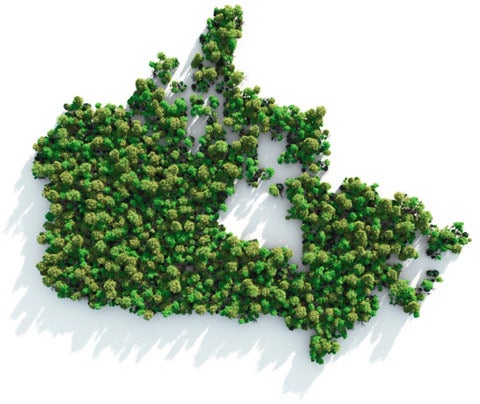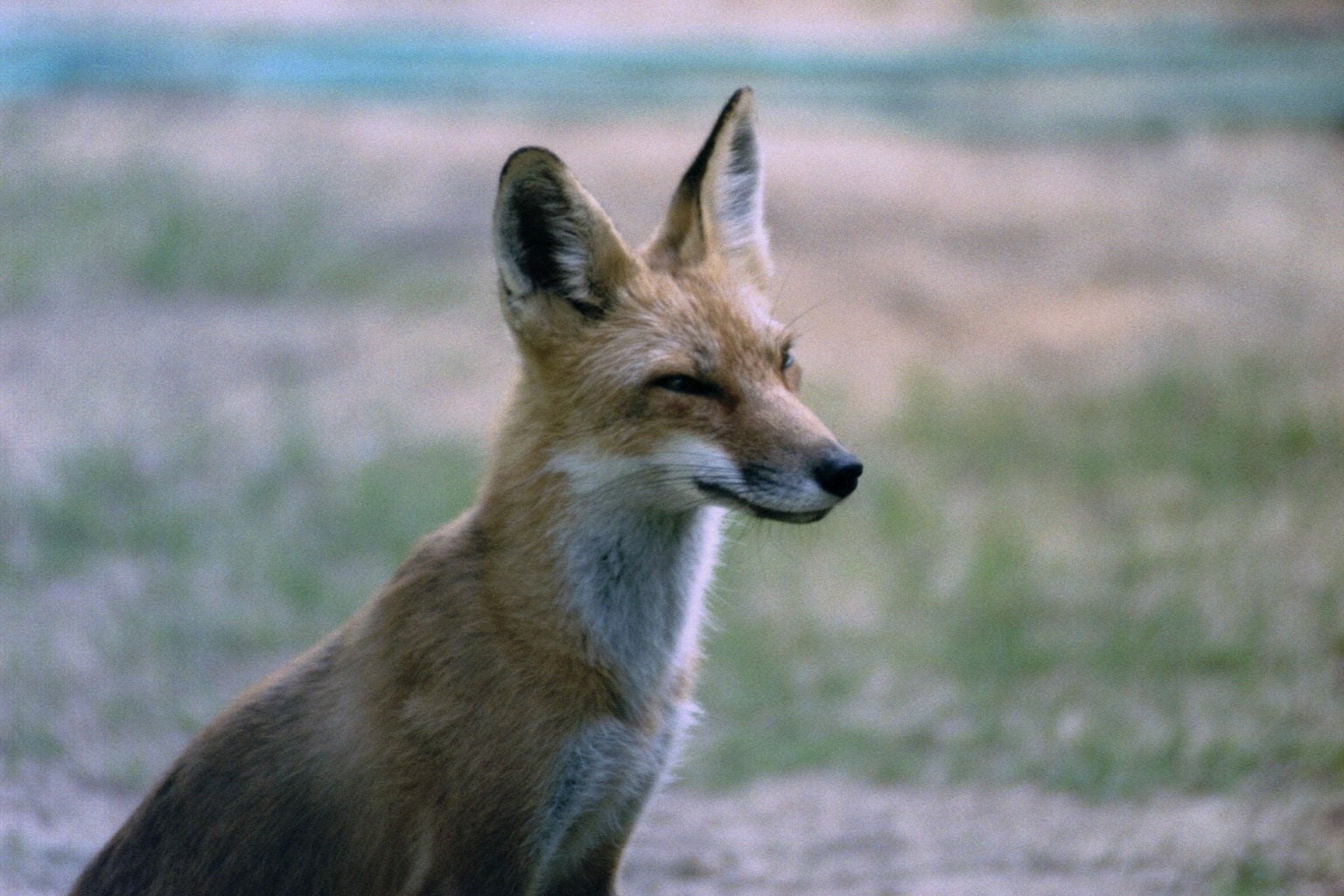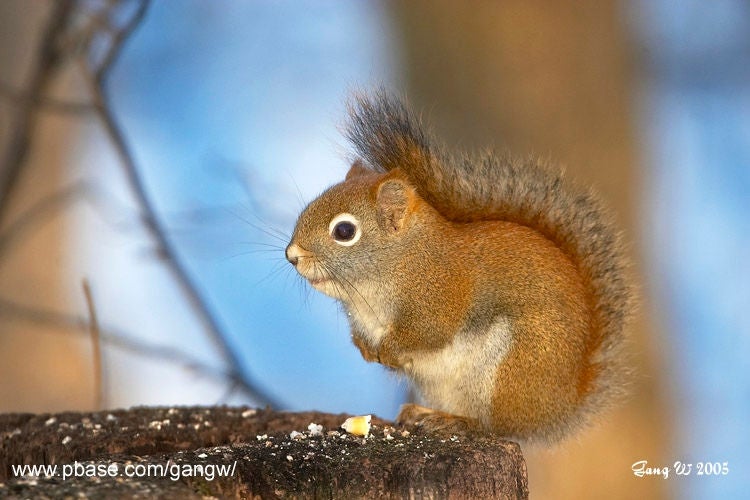April Overall

While watching a makeover show, do you ever like the before more than the after? I do. You want to cry out “Stop, you fiends!” before the spray paint comes out, the purple eye shadow gets applied or the couch gets recovered. Over the years, our country has undergone a massive makeover. And it’s not a pretty one. Once a vast land of brush, trees and greenery, today our forests have been chopped into thousands of fragments. And although Canada represents 10 per cent of the world’s forest cover and boasts 397.3 million hectares of forests, wooded land and land with tree cover, forest fragmentation is altering our great landscape dramatically. So what’s the big deal? Two-thirds of Canada’s wildlife species call our forests home. And more and more they’re finding their home altered by humans. So altered that many species are disappearing because adapting to their new digs is just too hard. Hair can grow back. Walls can be painted. But some makeovers cannot be undone.
Forest Fragmentation 101
What is forest fragmentation? Quite simply, it’s the dividing up of habitat. Forests can be fragmented either naturally by forest fires and insect infestation or by humans through urbanization, the creation of roads, logging, agriculture and other development. Fragmentation creates countless problems for the forest as a whole and the wildlife that live there:
You to the Rescue

So you were raised in the suburbs. And you always let your cat roam free. Don’t let the guilt get you down! You can still make a difference starting now:
- Don’t build a house. There are plenty of houses to go around as it is. And every time a new subdivision goes up, wildlife are kicked to the curb.
- Do live in the city. Not only is there so much life in the city, but the more people opt for city living as opposed to suburbia, the more wildlife get to keep their homes too.
- Don’t let Fido terrorize the neighbours. Keep your cat or dog on a leash to keep the woodland creatures down the street safe and sound.
- Do slow down. You never know what critter is trying to cross the road while you’re speeding down the street with your stereo blaring.
- Do plant native. They’re used to Canadian soil so they’ll drink up less water than those hydrangeas you had your eye on. Less water used up by your garden means more rainwater will seep into the ground.
- 0
- 1
- 2
- 3

